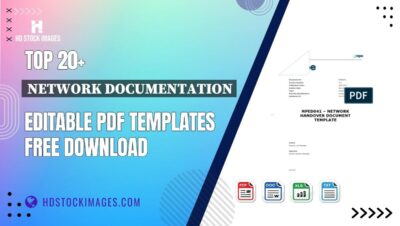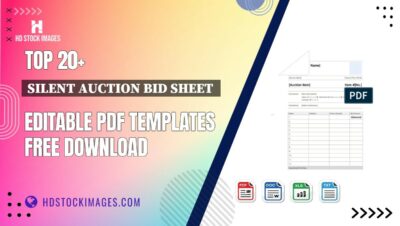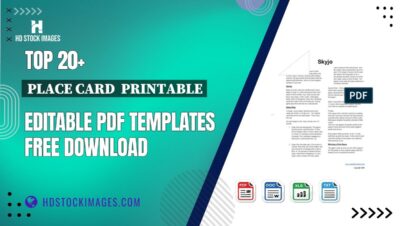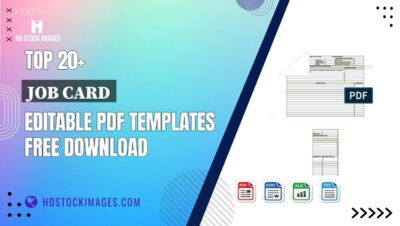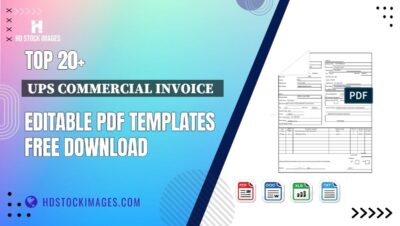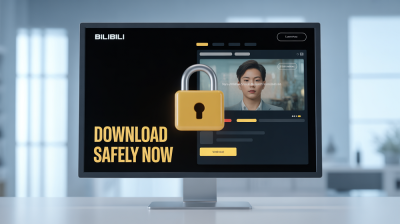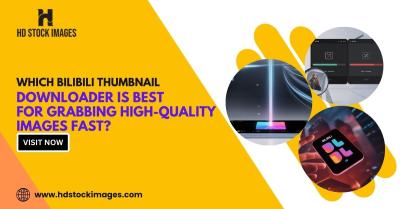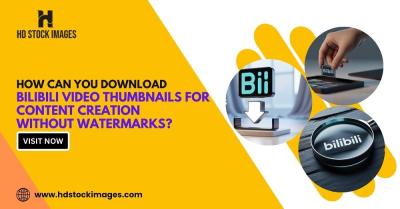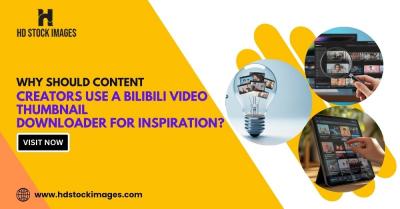Hey there! If you're looking to expand your reach and engage with your professional network, LinkedIn newsletters might just be your secret weapon. These newsletters allow you to share valuable insights, updates, and thoughts directly with your connections and followers. With the rise of content marketing, having a dedicated space to express your ideas and expertise can set you apart from the crowd. Let’s dive into what makes LinkedIn newsletters a fantastic tool for professionals like you!
Benefits of Creating a Newsletter on LinkedIn
Creating a newsletter on LinkedIn comes with a bundle of benefits that can truly enhance your professional journey. Here are some compelling reasons to consider:
- Direct Engagement: Your newsletter lands straight in the inboxes of your connections, fostering a more personal connection. This direct line of communication makes it easier for you to engage with your audience.
- Showcase Your Expertise: A newsletter allows you to share your knowledge on specific topics, whether it’s industry trends, personal growth, or tech innovations. This positions you as a thought leader in your field.
- Grow Your Network: As your newsletter gains traction, it can attract new followers and connections, expanding your network significantly. People are drawn to valuable content, and sharing your insights can create new opportunities.
- Content Control: Unlike other platforms where algorithms dictate visibility, a newsletter gives you full control over your content. You choose what to share and how often, ensuring your voice shines through.
- Analytics Insights: LinkedIn provides analytics for your newsletters, allowing you to see open rates, engagement levels, and more. This data can help you tweak your content strategy for better results.
- Build Community: A newsletter can foster a sense of community among your readers. They may begin to look forward to your insights, sparking conversations and discussions that deepen connections.
In short, starting a LinkedIn newsletter is not just about sharing information; it’s about building relationships, establishing your brand, and creating a lasting impact on your professional community. So, are you ready to take the plunge? Let’s get those ideas flowing!
Also Read This: How to Download Your LinkedIn Resume: A Step-by-Step Process
3. Setting Up Your LinkedIn Newsletter
Setting up your LinkedIn newsletter is a straightforward process, but there are some key steps you should follow to ensure it’s engaging and effective. First, navigate to your LinkedIn homepage and click on the "Write an article" option. This is where your newsletter journey begins!
Here’s how to get started:
- Create Your First Article: When you click "Write an article," you’ll be directed to the publishing tool. Here, you can create your first post that will serve as the introductory newsletter issue. Make it informative and hook your readers right from the start!
- Add a Compelling Title: Your title should be captivating, giving potential readers a reason to click. Think about what resonates with your audience. For example, “Unlocking LinkedIn: Top Strategies for Engagement” can draw in readers eager to improve their presence.
- Include Newsletter Details: In the introductory article, explain what readers can expect from your newsletter. Will it focus on industry insights, career advice, or trends? Set the tone and clarify the value they’ll receive.
- Set a Publishing Schedule: Consistency is key! Decide if you want to publish weekly, bi-weekly, or monthly. Make sure to stick to this schedule to keep your audience engaged and looking forward to your content.
- Promote Your Newsletter: Use your existing LinkedIn network to promote your newsletter. Share the first article in your feed, join relevant groups, and engage with others to spread the word. Consider adding a post that highlights the first issue and invites your connections to subscribe.
Once you’ve published your first article, LinkedIn will give you the option to send out the newsletter. This feature allows your subscribers to receive notifications every time you publish a new issue, keeping them in the loop and engaged.
Also Read This: Do I Need a Picture of Me on LinkedIn Reddit: A Discussion on the Importance of Profile Photos
4. Choosing Your Niche and Target Audience
Choosing the right niche and target audience for your LinkedIn newsletter is crucial for its success. It’s not just about what you want to write; it’s about what your audience needs and finds valuable. This step will define your content and how well it resonates.
Here are some tips to help you narrow down your niche:
- Assess Your Expertise: What topics do you have a deep understanding of? If you’re a marketing professional, perhaps consider a newsletter focused on digital marketing strategies.
- Research Current Trends: Look at what’s trending in your industry. For example, if you notice a rising interest in remote work, you could create a newsletter discussing best practices and tools for remote teams.
- Identify Gaps in Existing Content: Analyze existing newsletters or articles in your field. Is there something missing that you can fill? Offering unique insights can significantly attract subscribers.
Next, it’s vital to define your target audience:
- Demographics: Who are you writing for? Define age, profession, and location. For instance, if you’re targeting young professionals, tailor your content to their interests and challenges.
- Interests and Pain Points: What problems does your audience face? Create content that addresses their needs. If your audience consists of entrepreneurs, consider topics like funding strategies and marketing tips.
- Engagement Methods: Think about how your audience prefers to consume content. Do they like deep dives into topics, quick tips, or case studies? Adapt your newsletter style accordingly.
By carefully choosing your niche and understanding your audience, you can create a LinkedIn newsletter that not only attracts subscribers but also keeps them engaged and eager for more!
Also Read This: Linking Your LinkedIn Learning Courses to Your Personal Profile
5. Content Ideas for Your Newsletter
When it comes to creating a successful newsletter on LinkedIn, the content is king. You want to deliver value to your readers while keeping them engaged and excited for each issue. Here are some fantastic content ideas to consider:
- Industry Insights: Share the latest trends and news in your industry. This could be a summary of significant reports, interviews with thought leaders, or your own analysis of where the industry is headed.
- Personal Stories: Connect with your audience on a human level by sharing your personal experiences. Whether it’s a challenge you faced or a success story, these anecdotes can resonate well with your readers.
- Tips and Tricks: Offer practical advice that your audience can start implementing immediately. This could range from productivity hacks to career development strategies tailored to your niche.
- Spotlight Features: Highlight a team member, a client, or a partner each week. This not only builds community but also shows appreciation for those you work with.
- Q&A Sections: Encourage your readers to submit questions related to your expertise. Answering them in your newsletter can foster engagement and make your audience feel valued.
Additionally, don't be afraid to experiment with different formats. Consider using:
- Infographics: Visual content can be highly engaging. Create infographics to summarize complex information succinctly.
- Videos: Short video clips can convey messages in a dynamic way. Perhaps a quick tip of the week or a summary of your recent thoughts.
- Surveys or Polls: Gather feedback from your readers about what they want to see more of. This can guide your content creation and make your audience feel involved.
With these ideas, your newsletter can become a go-to resource for your audience. Remember, consistency is key, so set a schedule and stick to it!
Also Read This: Making Effective Introductions on LinkedIn to Build Strong Networks
6. Design and Branding Your Newsletter
The design and branding of your LinkedIn newsletter play a crucial role in attracting and retaining subscribers. A well-designed newsletter not only catches the eye but also reinforces your brand identity. Here are some key tips to help you create a stunning newsletter:
- Consistent Branding: Use your brand's colors, fonts, and logos throughout the newsletter. This will help create a cohesive look that aligns with your overall brand identity. For instance, if your brand is known for a minimalist aesthetic, keep the design clean and simple.
- Header and Footer: Create a distinct header that includes your newsletter's title and date. A footer with your contact information and social media links can also encourage readers to connect with you outside the newsletter.
Next, consider the layout:
- Use White Space: Don’t overcrowd your newsletter. Adequate white space makes it easier to read and helps important content stand out.
- Visual Hierarchy: Use headings, subheadings, and bullet points to guide readers through the content. This makes it easier for them to skim and find what interests them most.
Lastly, think about the user experience:
- Mobile Optimization: Ensure your newsletter is mobile-friendly. Many users will view your content on their phones, so test how it looks on different devices.
- Interactive Elements: Incorporate clickable buttons for calls to action, whether it’s to subscribe, read more, or visit your website. This can significantly enhance engagement.
By focusing on strong design and branding, you can create a newsletter that not only informs but also captivates your audience. Remember, a visually appealing newsletter goes a long way in making a lasting impression!
Also Read This: Where to Add Resume to LinkedIn: A Quick Guide for Adding Your Resume to Your Profile
7. Promoting Your Newsletter on LinkedIn
So, you’ve created a fantastic newsletter on LinkedIn, but how do you get people to actually read it? Promoting your newsletter is crucial, and here are some effective strategies to help you spread the word:
- Leverage Your Existing Network: Start by sharing your newsletter with your current connections. Post an engaging update about your newsletter's topic and include a direct link. Personal messages to close contacts can also help.
- Utilize LinkedIn Groups: Join relevant LinkedIn groups where your target audience hangs out. Share valuable insights from your newsletter in these groups, and include a link to subscribe. Just make sure to follow group rules!
- Engage with Others: Comment on posts from thought leaders in your industry. By participating in conversations, you can subtly introduce your newsletter when relevant.
- Promotional Posts: Consider creating dedicated posts about your newsletter. Use eye-catching visuals and a compelling call-to-action that encourages viewers to subscribe.
- Cross-Promote with Colleagues: Collaborate with colleagues or friends who have their own newsletters. You can promote each other's content, expanding your reach!
Remember, promoting your newsletter is not just about shouting into the void; it’s about building connections. Engage with your audience and provide value, and they’ll be more likely to check out your newsletter. You can also use LinkedIn’s native tools, like polls or stories, to create buzz around new editions.
8. Analyzing and Improving Your Newsletter Performance
Once your newsletter is up and running, it's crucial to keep an eye on its performance. Analyzing your newsletter can help you identify what works and what needs tweaking. Here’s how to effectively assess your newsletter:
- Track Open Rates: Understanding how many people are opening your newsletter is a good starting point. A low open rate might suggest that your subject lines need improvement. Tools like LinkedIn’s analytics can help you monitor this.
- Engagement Metrics: Check out the likes, comments, and shares your posts receive. High engagement usually indicates that your content resonates with your audience. If you notice certain topics getting more love, consider focusing more on those.
- Feedback Loop: Ask for feedback directly! Create a quick survey or poll to gauge what your readers enjoy or want to see more of. This can provide invaluable insights.
- Experiment with Content: Don’t be afraid to try new formats or topics. If you usually write articles, consider incorporating videos or infographics. A/B testing different subject lines can also reveal what captures attention.
- Set Clear Goals: Define what success looks like for your newsletter. Is it a certain number of subscribers, engagement levels, or something else? Regularly measure your performance against these goals.
Remember, improving your newsletter is an ongoing process. Regular analysis will help you refine your approach, ensuring that your content remains relevant and valuable to your audience. Keep the conversation going and stay adaptable!
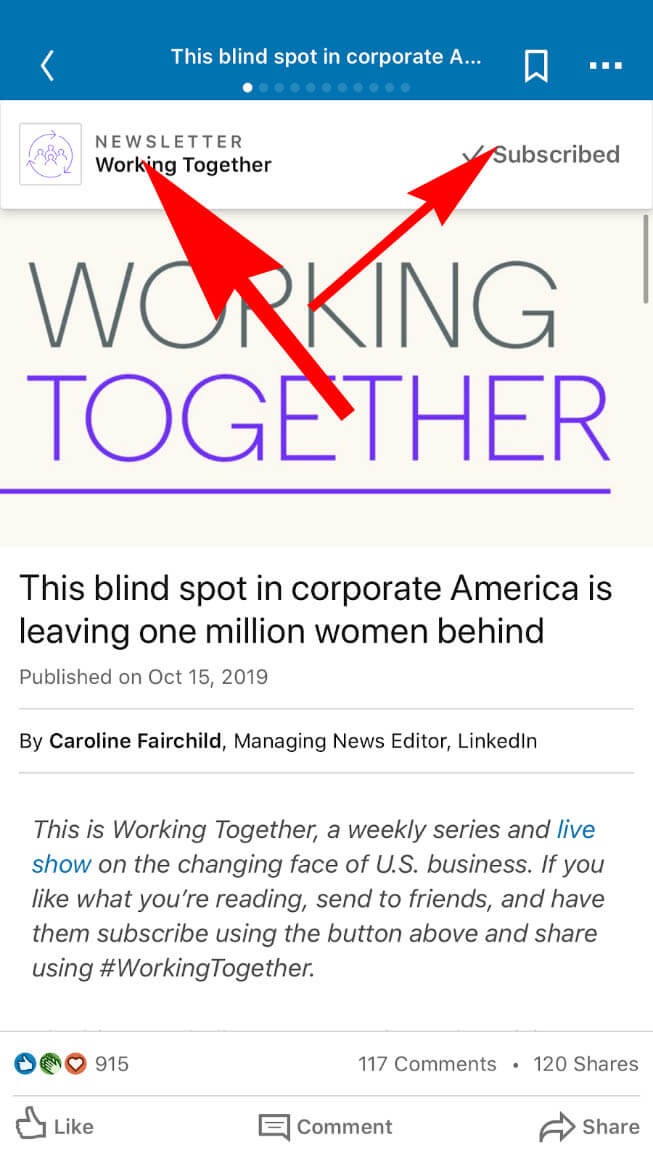
 admin
admin